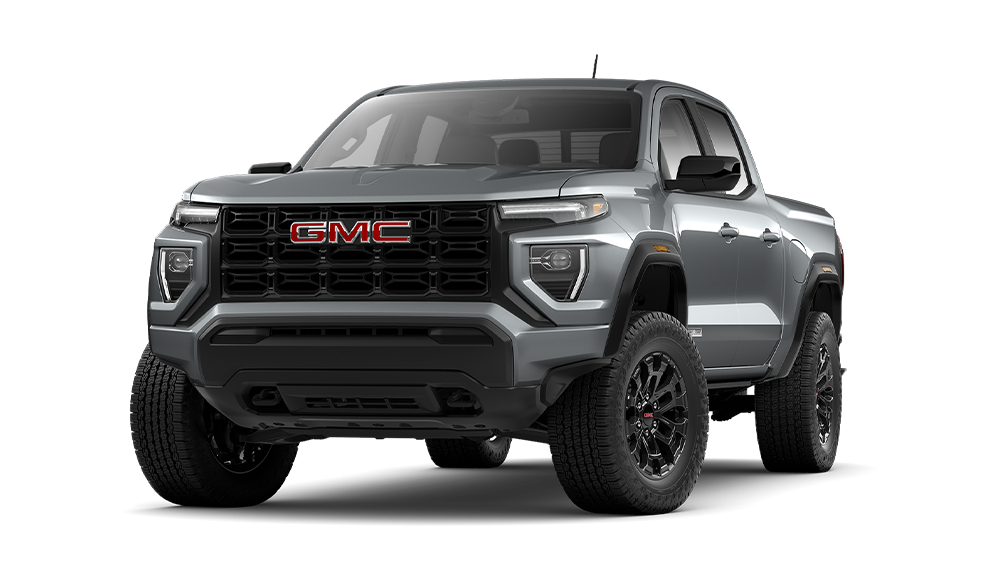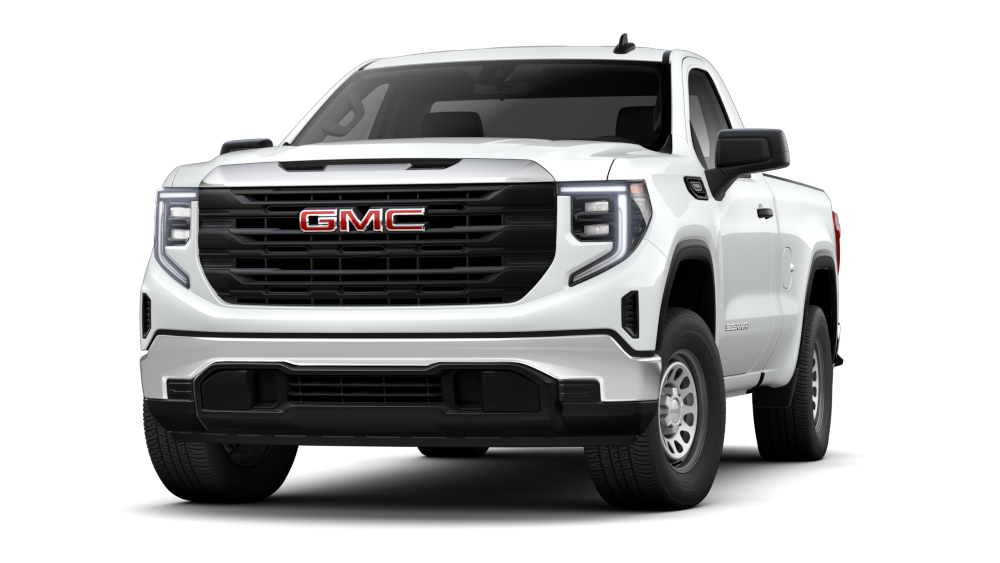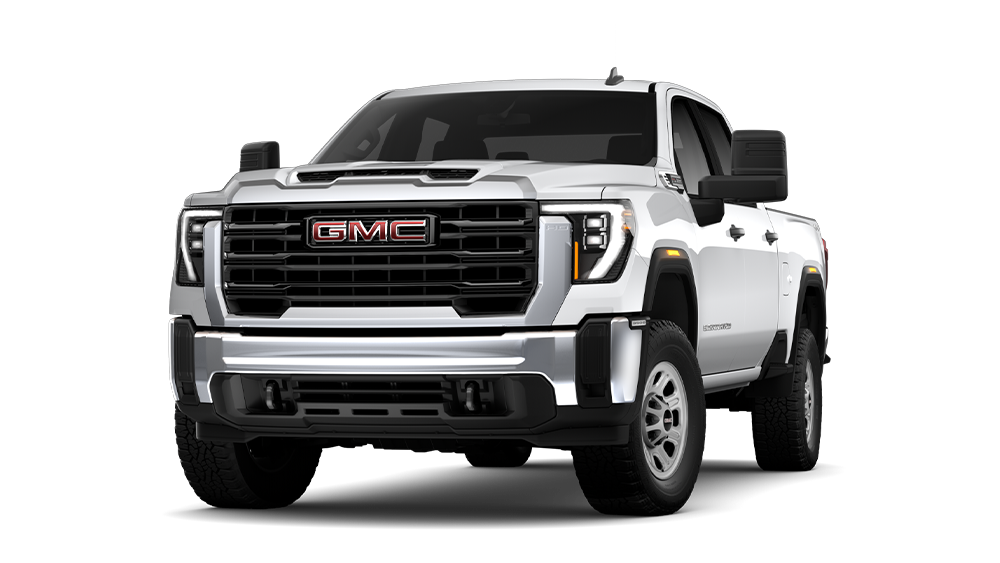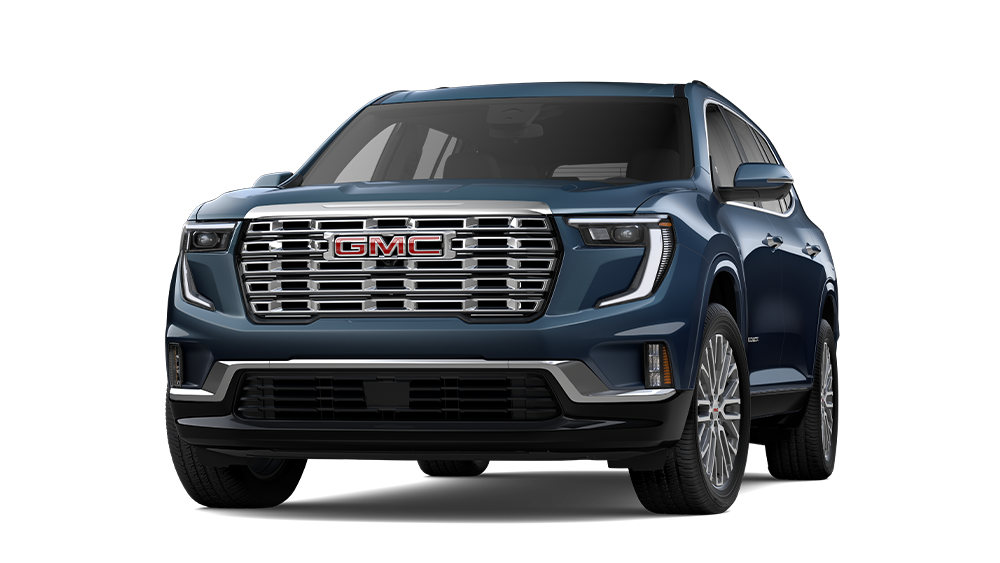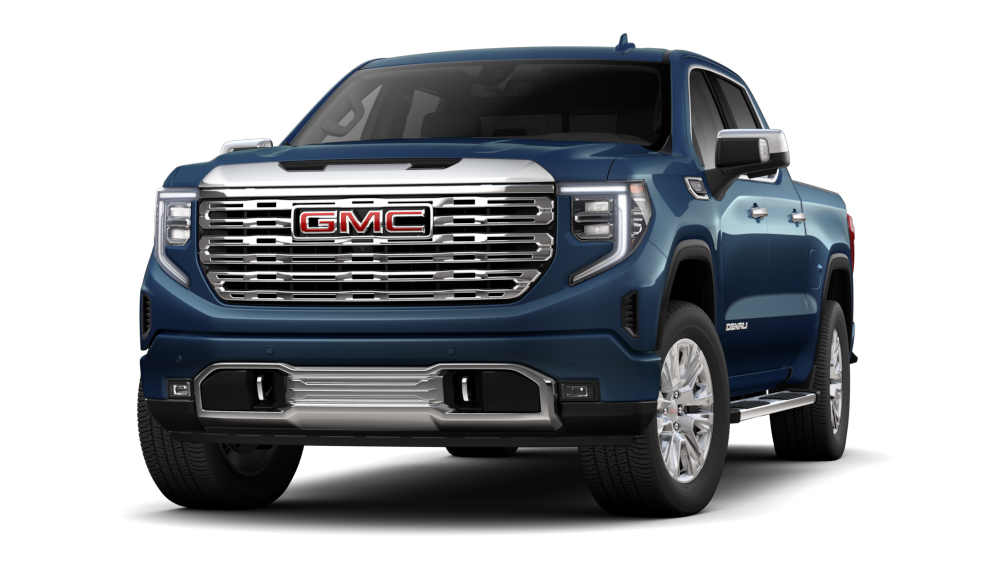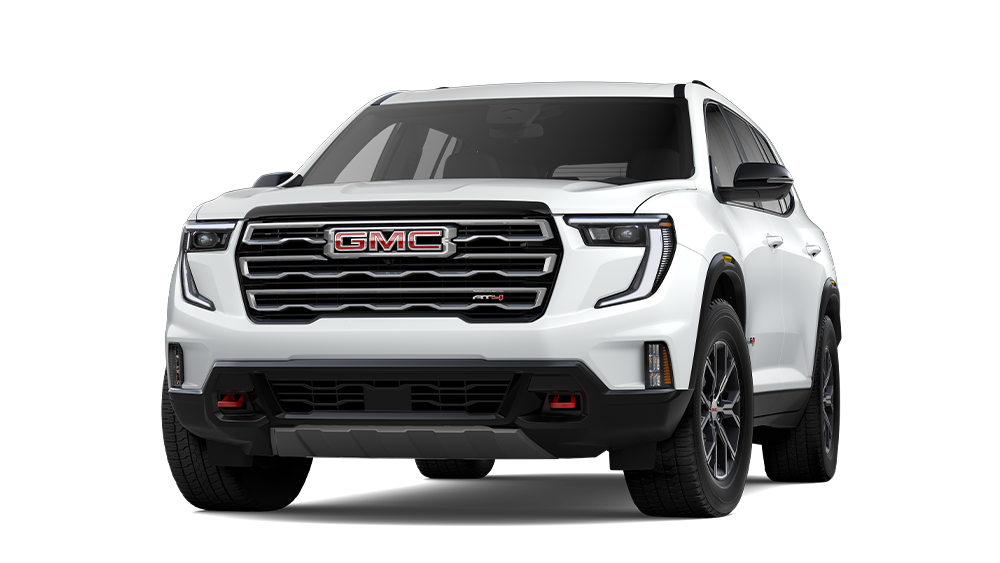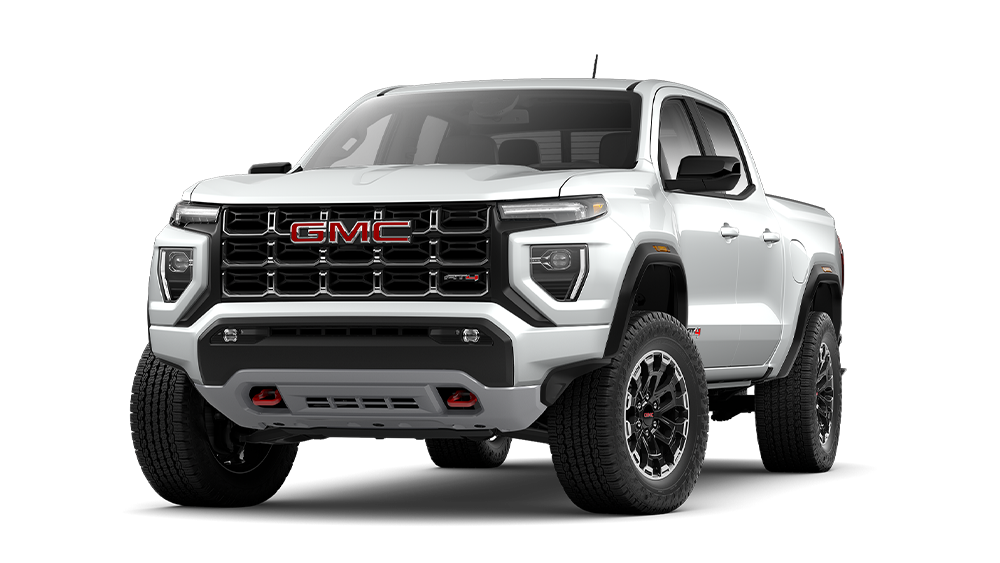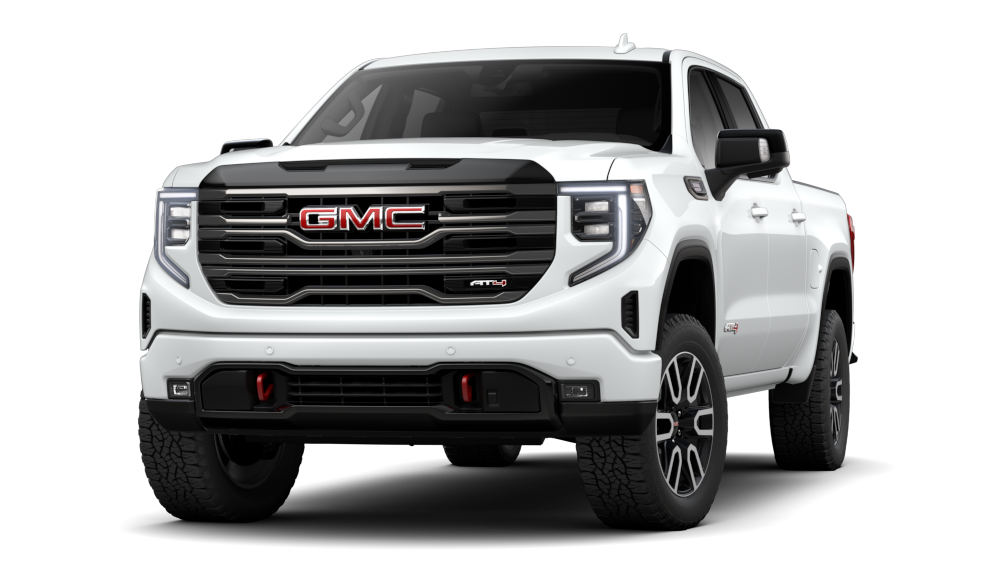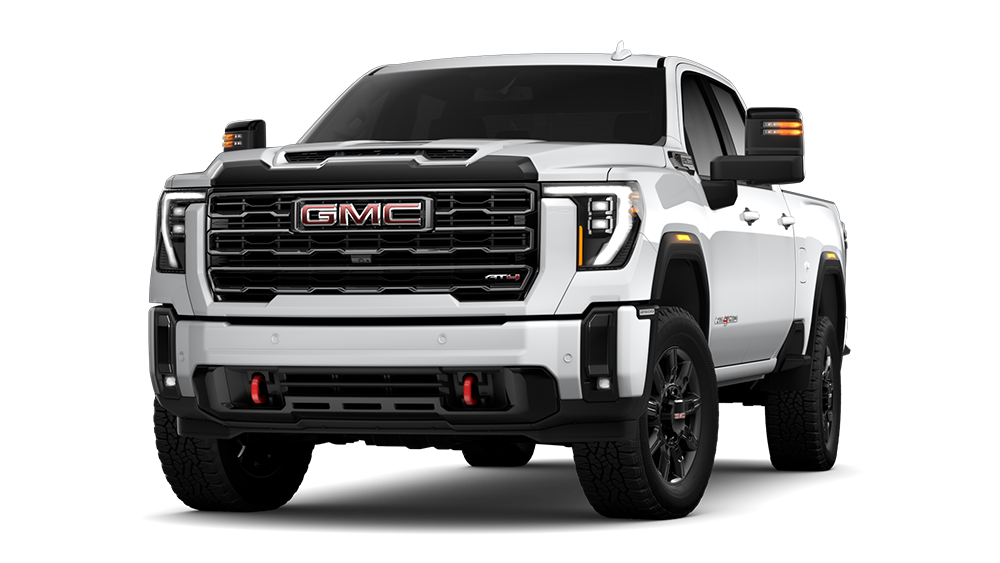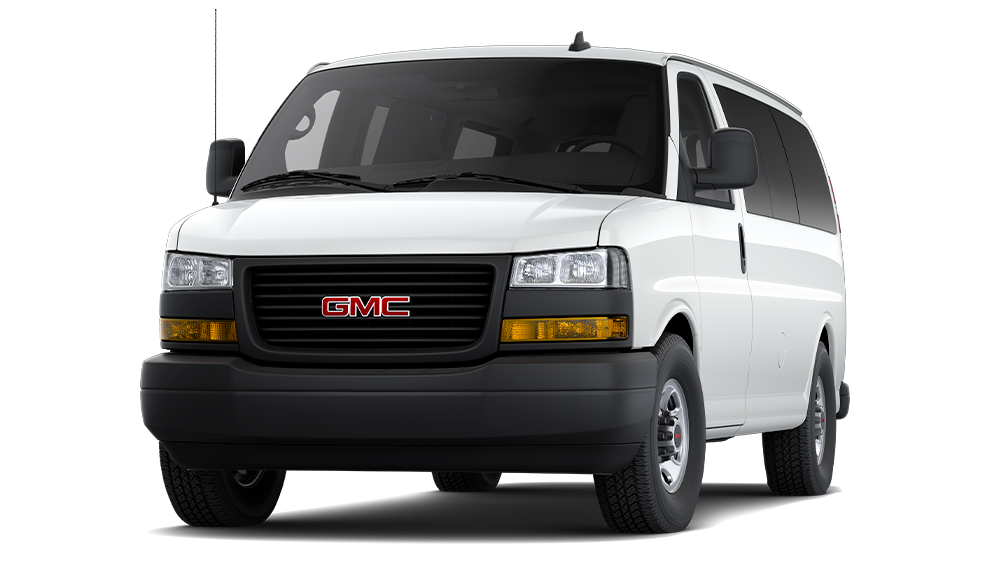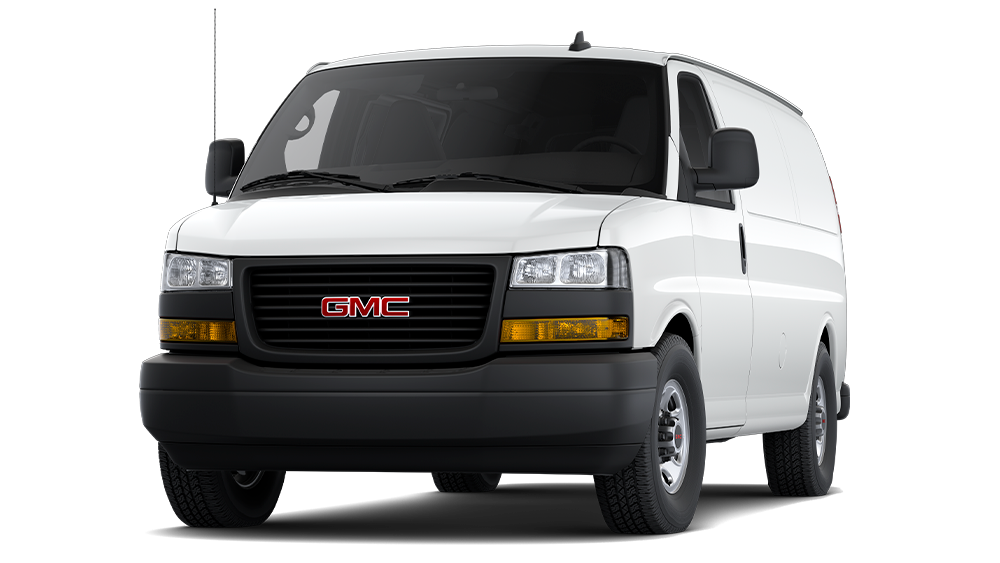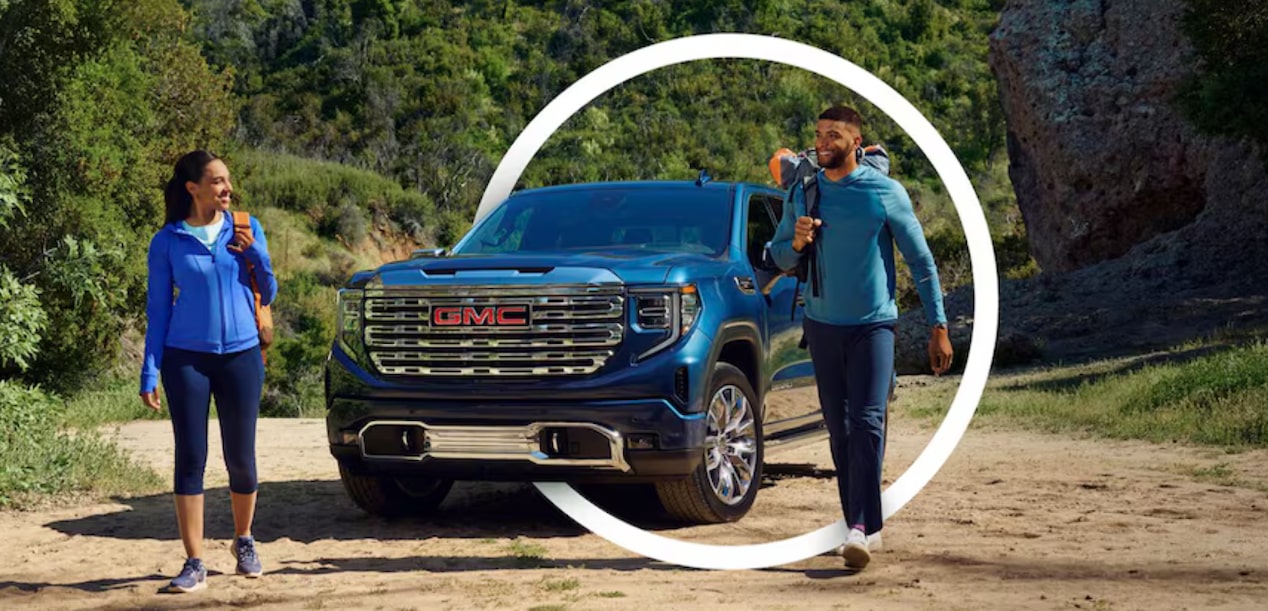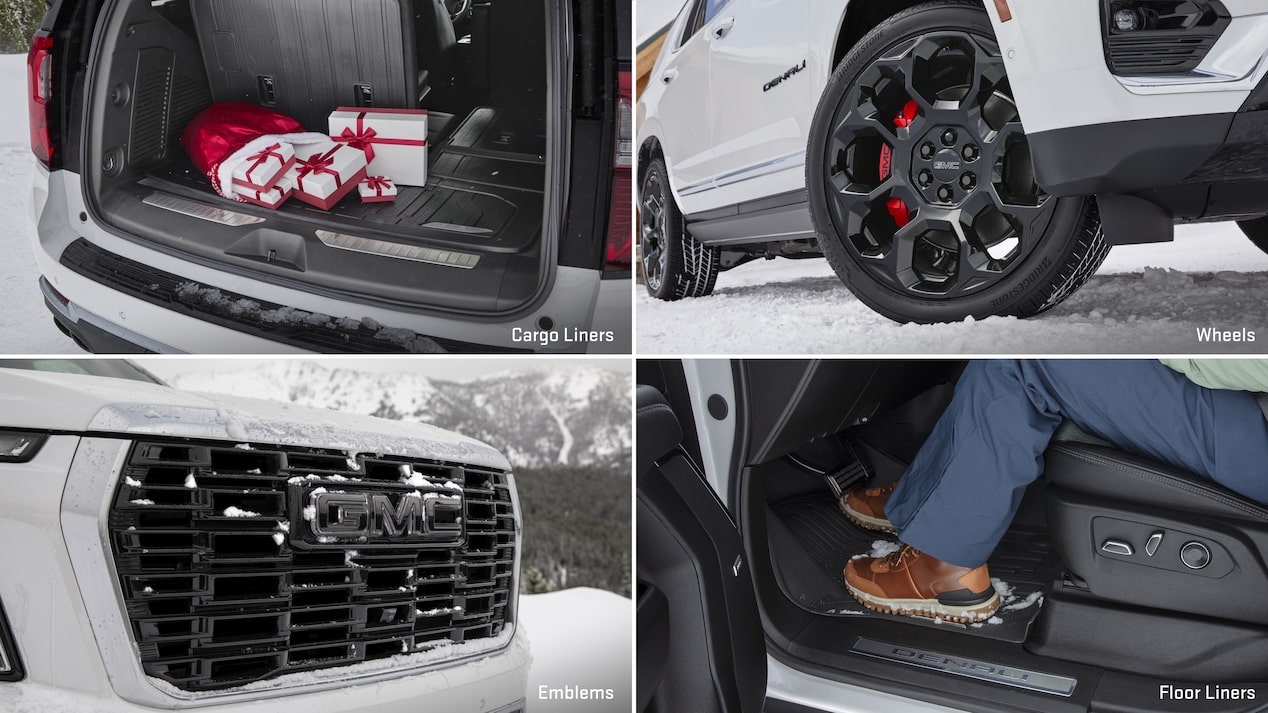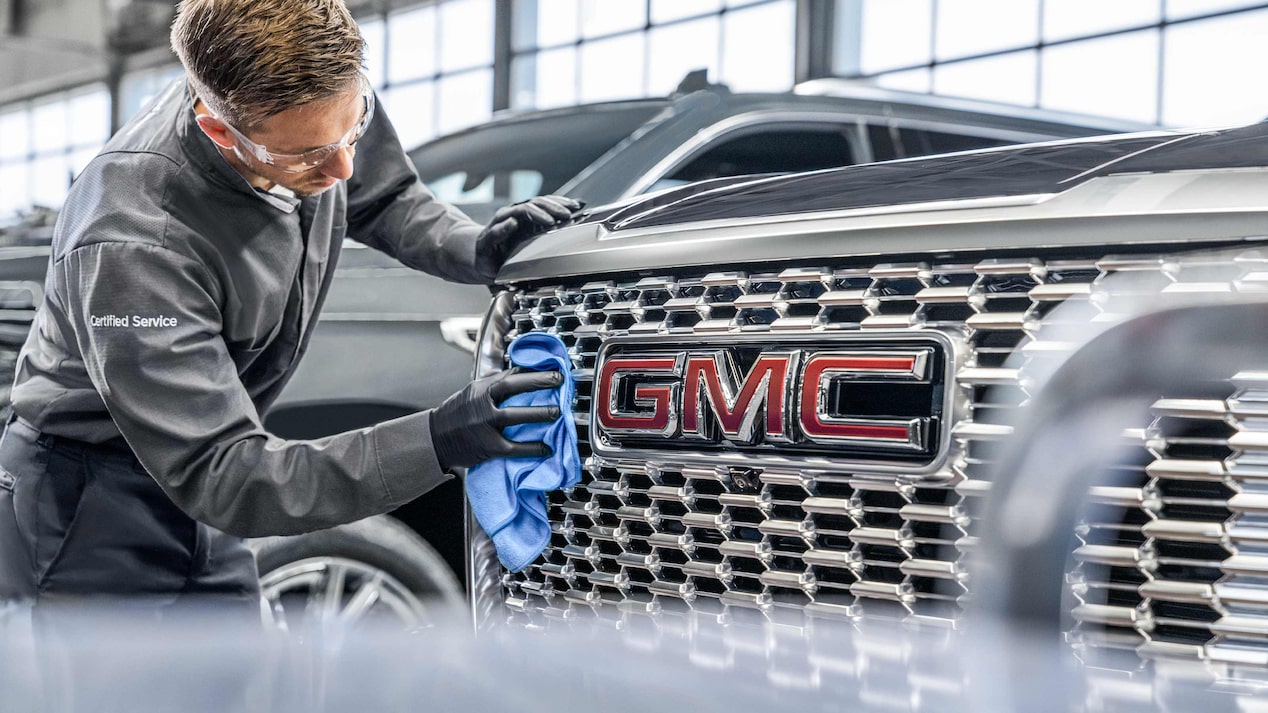TROUBLESHOOTING REAR CRASH AVOIDANCE BRAKING FEATURES
If your vehicle is equipped with rear crash
Rear Cross Traffic Braking
Reverse Automatic Braking
DO THIS FIRST BEFORE TROUBLESHOOTING REAR CRASH AVOIDANCE BRAKING FEATURES
Before you get started, make sure you are familiar with the different types of available rear crash avoidance braking features your vehicle may be equipped with. This will help you make sure you understand the specific rear crash avoidance braking functionality found on your vehicle, how the feature normally operates and what can cause unexpected and undesired rear crash avoidance braking events.
For example, Reverse Automatic Braking is designed to engage hard emergency braking when objects are detected directly behind your vehicle. Rear Cross Traffic Braking is designed to engage hard emergency braking when cross traffic is detected behind your vehicle. Both features use different radar sensors located around your vehicle, as well.
For more information, check out the Informational articles linked above and your vehicle Owner’s Manual.
REAR CRASH AVOIDANCE BRAKING FEATURE ISN'T WORKING PROPERLY
- Keep the feature’s radars clean and free of obstructions.
- See the “Keeping Radar Sensors Clean” section below for more information.
- Automatic braking features may automatically brake the vehicle suddenly in situations where it is unexpected and undesired. It could respond to guardrails, signs and other non-moving objects. To override automatic braking, firmly press the accelerator pedal if it is safe to do so.
KEEPING RADAR AND ULTRASONIC SENSORS CLEAN
- Check your vehicle Owner’s Manual for a diagram that shows the location of the feature’s sensors and how to clean them. This can be found in the “Driver Assistance Systems” section of the Owner’s Manual.
GENERAL REAR CRASH AVOIDANCE BRAKING FEATURE TROUBLESHOOTING
- The following conditions may affect the performance of rear crash avoidance braking features:
- Bad weather, poor visibility or poor lighting conditions.
- If there is not enough time to avoid a crash.
- If the feature’s sensors are obstructed in any way, not properly cleaned or if the vehicle has been damaged in certain ways, the system might not perform as expected.
- For example, this can happen if the sensors are covered with snow.
- For example, this can happen if the sensors are covered with snow.
- Rear crash avoidance braking features may have difficulty detecting the following objects:
- Vehicles that are low to the road surface or have a small or irregular shape.
- A truck or trailer that has no cargo in the cargo bed.
- Vehicles with cargo extending from the back end.
- Objects attached to the rear of a vehicle detected behind your vehicle.
- Reverse Automatic Braking does not detect children, pedestrians, bicyclists, animals or objects below the bumper. Always check the area around the vehicle before backing up, as well as the Rear Vision Camera screen, and be prepared to apply the brakes if an object is in the vehicle’s path.
- Weather conditions may also affect the performance of rear crash avoidance braking features:
- Conditions that are associated with low visibility, such as fog, rain, snow or road spray, may limit the performance of the system.
- Water droplets from rain or snow that remain on the radar sensors may also limit the system’s ability to detect objects.
- Conditions that are associated with low visibility, such as fog, rain, snow or road spray, may limit the performance of the system.
For your security, please don’t include personal info such as phone number, address or credit card details.
RELATED LINKS AND RESOURCES
Q&As
LOOKING FOR SOMETHING ELSE?
To find out if your vehicle has this feature, contact your dealer or refer to your vehicle’s equipment list. Please check your Owner’s Manual for more information about features.


